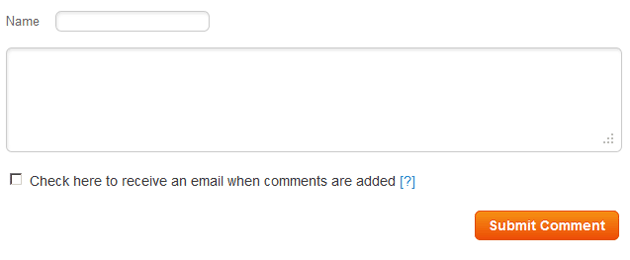Question
Topic: Customer Behavior
Finding The "sweet Spot" Price
Related Discussions
- Web Hits Per Day. Trending Up Or Down?
- Customver Survey For Engineers: Giveaway/prize
- Data Scarping - Customer Reviews Analysis
- Is Anyone Here Actively Using Sitecore?
- How Can We Achieve Growth In The Fintech Space?
- How Can I Use Cvm In Fintech Space?
- How To Order Pricing In Subscription Model?
- Most Trafficked Page, No Answer For Them
- We Want To Develop A Start Up And Need Feedback!
- Notion Of Beauty For Women Today
- Search more Know-How Exchange Q&A
Community Info
Top 25 Experts
(Customer Behavior)
- Jay Hamilton-Roth 13,062 points
- Gary Bloomer 7,179 points
- Chris Blackman 5,242 points
- Peter (henna gaijin) 4,280 points
- Frank Hurtte 3,951 points
- telemoxie 3,363 points
- steven.alker 3,121 points
- SteveByrneMarketing 2,906 points
- Blaine Wilkerson 2,318 points
- darcy.moen 2,131 points
- Pepper Blue 1,527 points
- Deremiah *CPE 1,391 points
- Carl Crawford 1,367 points
- chiron34 1,065 points
- wnelson 1,008 points
- Levon 1,006 points
- SRyan ;] 982 points





I have a new product to launch. This product has some competition but not directly. Each product has an extreme set of benefits the other does not. The other products are on a price scale from $59 to $2000. Some are just more desirable/affordable than the others, yet all have something to offer. My product comes in an area that is unique to all.....It offers all the benefits all the competition offers, not to mention it appeals to the ones who won't or don't use any products currently, still doing it the way they did a 100 years ago, "by hand"(very laborious). So, here is where I get my pricing issues. I sure can't justify the $2000 price range.....$59 is less than manufacturing costs. So, I need to be somewhere in the area of $350 and $700 the lower is my bottom and the higher is perhaps pushing the envelope. Where do I set the price? In the middle? $525?
The $2000 buyers will see a bargain price breakthrough product. The cheap $59 buyers will also see a reachable benefit.....A percentage of the ones who do it by hand should also make the move. Is $525 the number? Do you drop just below $525 to $489 to reach the more price conscious customers? Am I pricing way to low with huge benefit offerings?
NOTE: 30% of the market will not buy the expensive models because of price. 40% will not buy the cheaper models because of low benefit offerings. The remaining 30% will have an interest in this tool because even with the product they currently use, this one will just do more, easier, faster, cheaper, safer, plus it's good to have this as an added product. In my head it should be the most expensive out there, but this isn't what I'm after. I want to find the sweet spot! I want to offer the best product for the best price for everyone involved.....We all know to cheap can hurt as much or more than to expensive.
How do I get there? The customer is savvy....This works to my benefit because a savvy customer will see the value. The guy who does this by hand will see the lower price than the $2000 model, and the huge benefits that the $59 model doesn't have. Where is the sweet spot? What price will make them jump? Where do I fit in?
This product is in the Construction Industry.